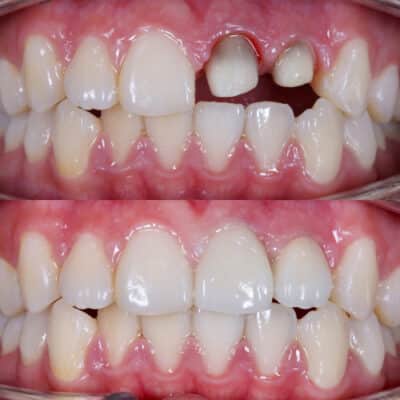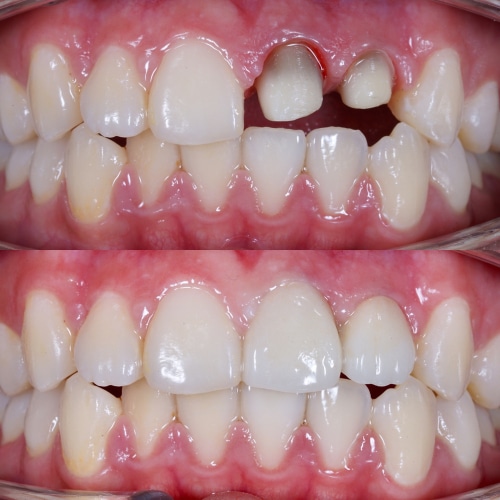A dentist may advise their patients to get a dental crown to replace old or worn-out fillings. A dental filling is often used to treat a small to medium-sized region of dental decay. Even though fillings are designed to last for a long time, they might fail or fall out for various reasons, such as sustaining enamel chips and fractures or simply due to normal bacterial activities in the mouth eroding the cement keeping the filling in place.
Replace an Old Filling with a Filling or get a Crown?

Unfortunately, fillings do not endure forever. The good news is that the variety of fillings available has increased over time. There is no longer a need for silver-colored amalgam fillings that stick out in the mouth. Tooth-colored fillings are now available, and they blend with the rest of the tooth, making them a far more appealing alternative.
There is a common concern as to whether there is a need to replace old silver amalgam fillings. The answer to that is typically no, unless there is damage to the filling or the tooth beneath it.
A dental filling, including the tooth-colored options, only fills the cavity; it does not significantly improve the tooth’s structural integrity to prevent a potential fracture. By placing a crown on the tooth, the structural flawsare covered properly, and the tooth will no longer be prone to breaking apart. The severity of the fracture lines is usually visible after removing all the decay and old fillings from the tooth. If treated early enough, a crown that covers the full chewing surface of the tooth and the broken sides may prevent the fractures from worsening to the point of tooth loss.
The need for a dental crown
If a large filling is worn down or lost, the enamel left may not be strong enough to handle a replacement. The dentist may suggest that the tooth be repaired with a crown if this occurs. The dental professional will inspect the tooth before beginning the crowning procedure to determine its condition and remove any possible tooth decay. If the damage or decay spreads beyond the enamel layer, a root canal may be required to restore the tooth’s health, making it strong enough to support a crown.
The crown placement procedure
The process for obtaining a dental crown typically requires two visits. The dentist uses a local anesthetic to numb the tooth before the treatment begins. If the tooth is badly damaged or cracked or a root canal is done, it may need to be filled and rebuilt to restore enough tooth structure for proper crown support.
The tooth is prepared by the dentist scraping off part of the enamel layer, and an imprint is made using a putty-like material or a computerized scanner. Patients will get a temporary crown before the final restoration is ready. Although discomfort or soreness may occur initially, any pain should be minor and short-lived.
Patients will return for a second visit in a few weeks. The temporary crown will be removed and replaced with the permanent restoration. The dentist will cement the crown over the tooth once they have made any required changes. After the procedure, the repaired tooth should appear, feel, and operate as a natural tooth.
The appearance of a dental crown varies depending on the material used, whether it is metal or porcelain. Its shape and size might also vary based on its unique qualities and those of the surrounding teeth.
The crown’s lifespan
A crown made of porcelain may last anywhere from five to 15 years. Its lifespan is highly dependent on the patient’s lifestyle and dental hygiene routines. Daily wear and tear on the crown is natural, but bad habits like biting on hard items may increase the risk of damage.
To extend the lifespan of their crowns, patients are advised to floss and clean their teeth regularly and avoid grinding or clenching their teeth, chewing on ice, and biting their nails. The teeth should also not be used as a tool for opening items. Periodic dental examinations and cleanings are essential to preserve dental health.
In conclusion
Consider getting a dental crown if you have a damaged tooth filling that has to be replaced. Dental crowns are more durable and discreet and do not change when exposed to heat. Make an appointment with the dentist to learn more about dental crown treatments. The dental professional will answer any questions that you have and collaborate with you to find the ideal dental restoration option.

